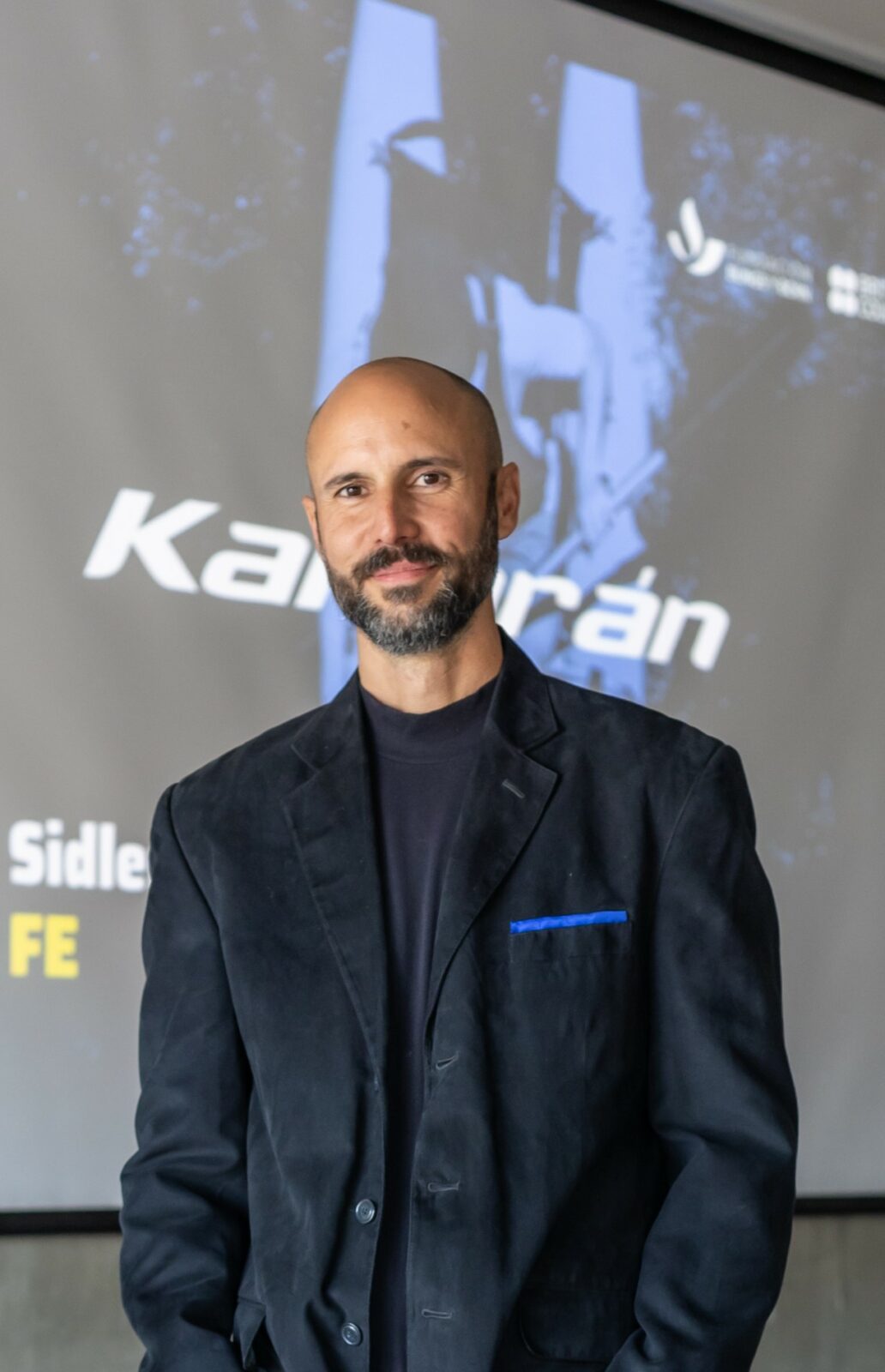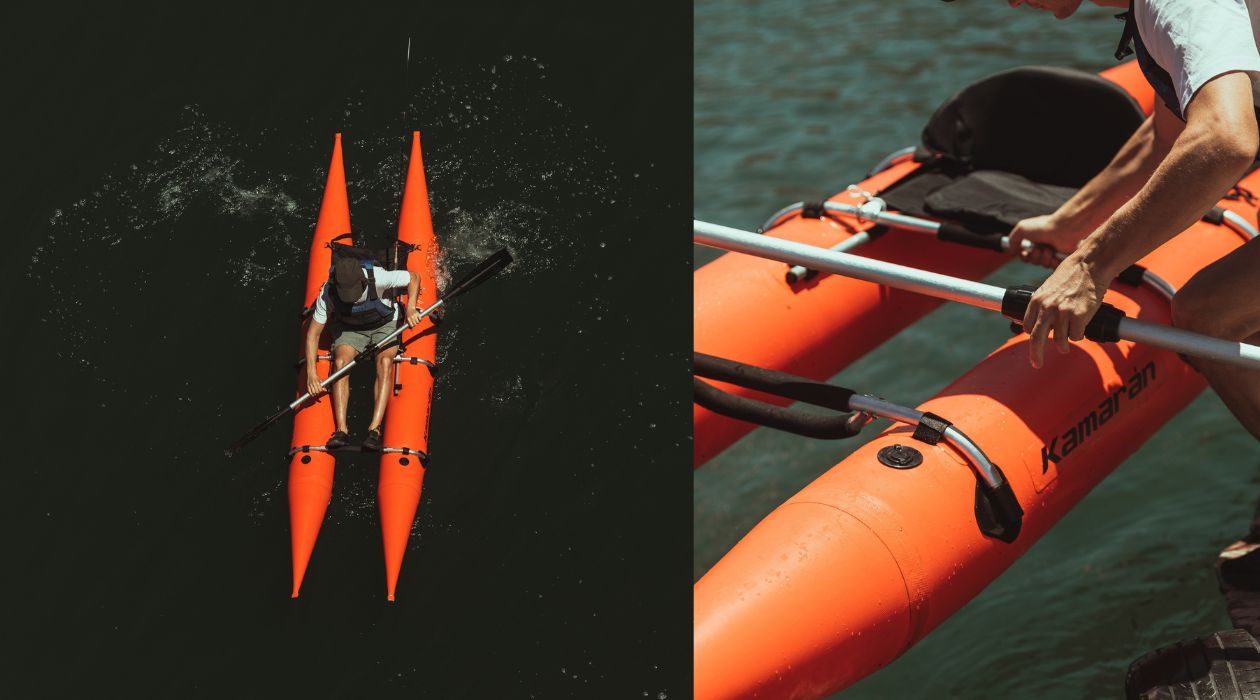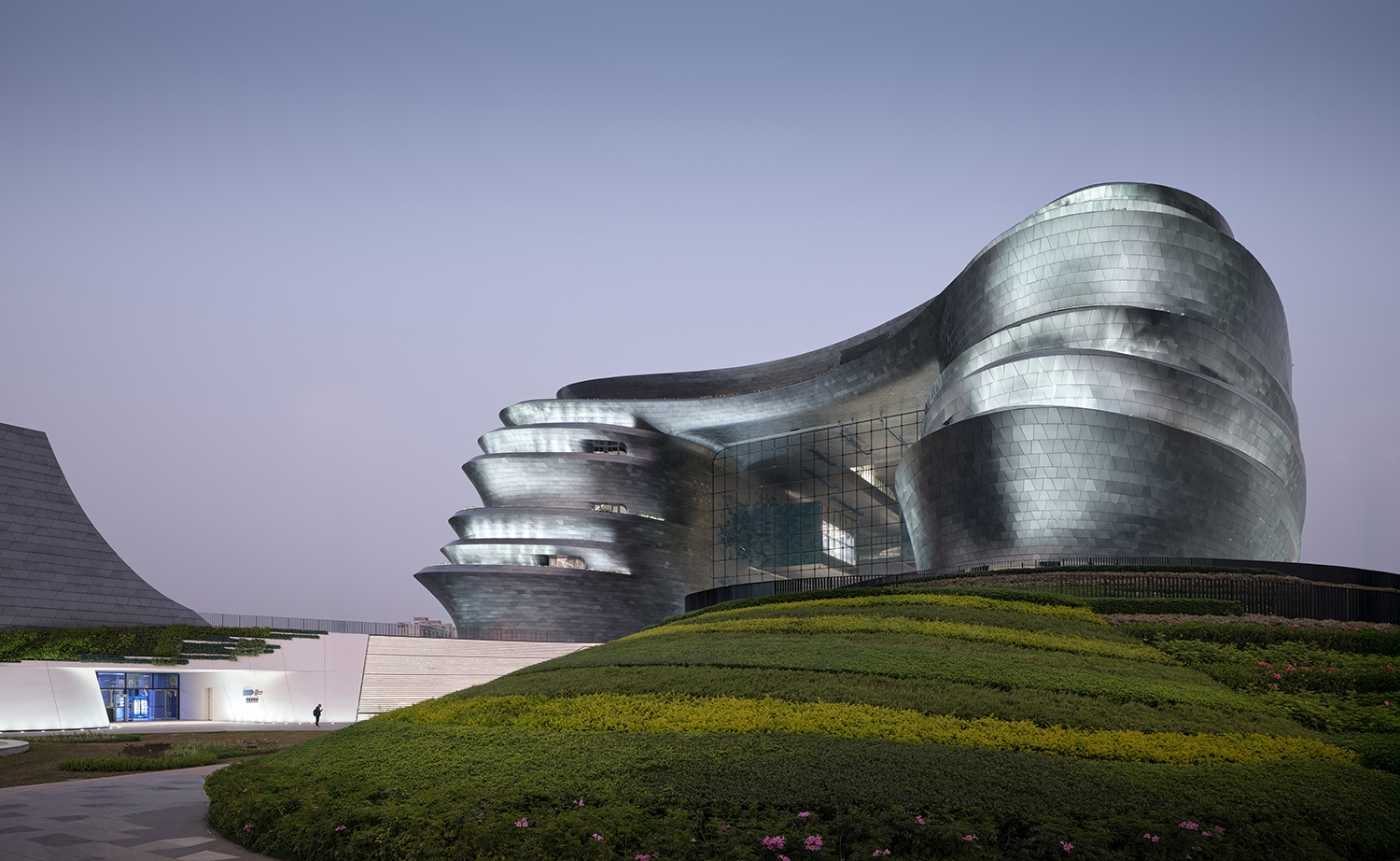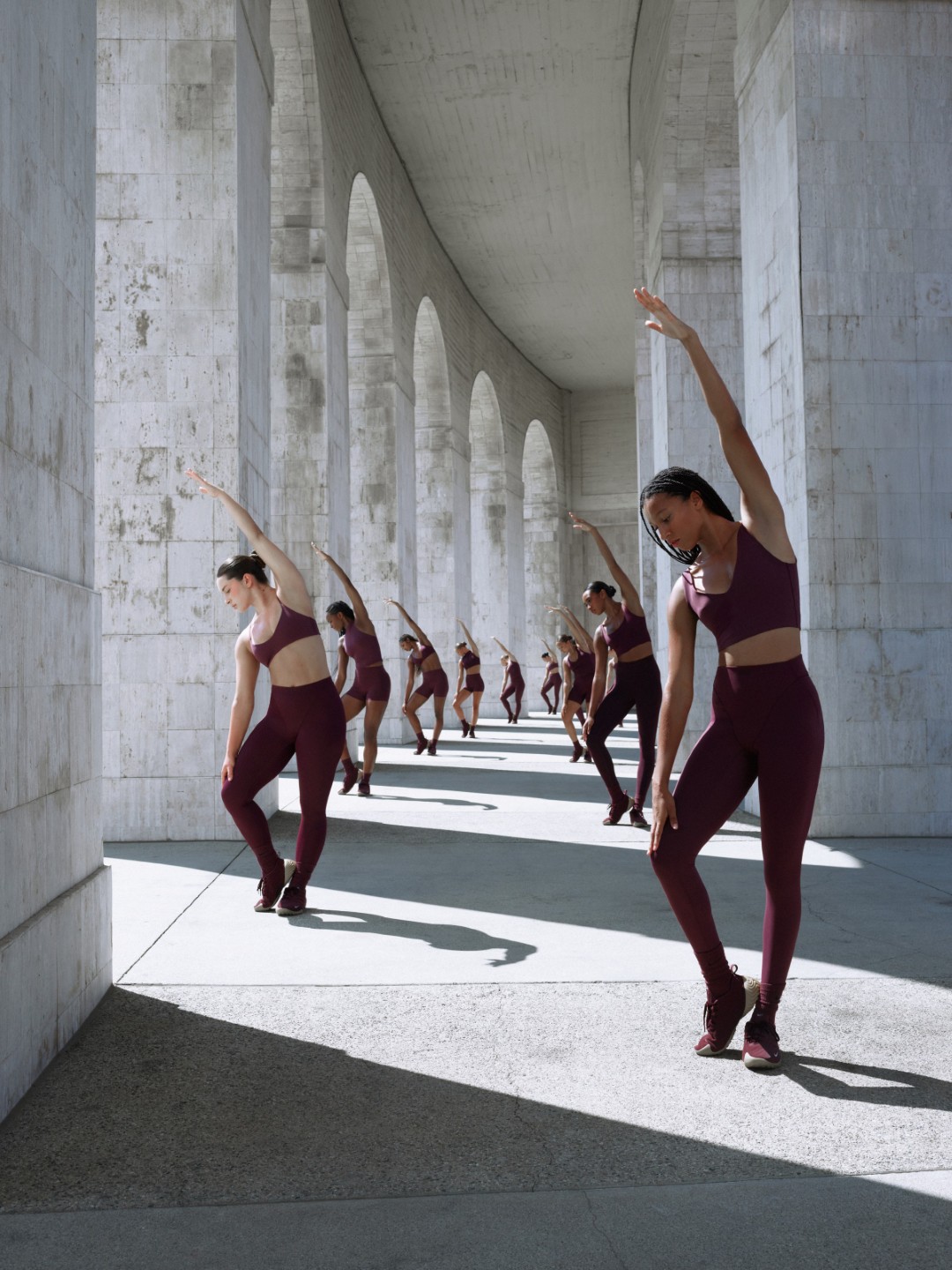When Walter Sidler set out to design the Kamarán Kayak, he wasn’t just thinking about form or function; he was solving a personal problem. A lifelong paddling enthusiast and trained industrial engineer from Rosario, Argentina, Sidler merged his deep love of kayaking with his minimalist design ethos to create a boat that’s lightweight, stable, and easy to store, even in a closet. The result? A sleek inflatable kayak that challenges traditional norms and opens up the sport to a wider audience. Winner of the 2025 FIT Sport Gear Design of the Year, the Kamarán Kayak is a vision for more inclusive and thoughtful outdoor design. We caught up with Sidler to talk about the “aha” moment behind his award-winning concept, the surprising reactions from seasoned kayakers, and what balance means to him as a designer and entrepreneur.

- Can you tell us a bit about your background?
I’m Walter Sidler, born in Rosario, Argentina, and just 46 years old. I studied industrial engineering at the National University, but I’ve been working in product design for several years.
- What would you say is your personal design philosophy? Has it evolved through your experiences as both an engineer and a product designer?
I’m definitely a fan of minimalism. I don’t have tattoos, but if I got one, I’d write “less is more.” Engineering gave me many tools to think about design functionally. Design gave me the opportunity to see engineering from an artistic perspective. The two complement each other very well!
- What was the inspiration behind your product? Was there ever an “aha” moment?
Inspiration often comes from identifying a need. I needed to transport my kayak more conveniently, and I thought it would be great to have a kayak that could be “compacted.” The revelatory moment came when I used air as the main material.
- Can you tell us more about how and why you decided to merge the form of a catamaran with that of a kayak?
I was looking for a kayak that was easy to transport but also very stable. The catamaran shape provides greater stability, prevents water buildup, and allows anyone, with or without experience, to enjoy paddling.

- Can you walk us through some of the technical or material challenges you faced when working on the Kamarán Kayak?
The biggest challenge was finding materials that were very durable yet lightweight. For the inflatable pontoons, we needed a material that was airtight, puncture-resistant, and could accommodate the conical shape. We tested more than five fabric manufacturers until we finally found the right one. This allowed us to create a very durable kayak that weighs only 7 kg.
- An inflatable kayak is sure to turn some heads among traditionalists; what kind of feedback surprised you the most after launch?
I’ve been kayaking since I was 13, and I’m in contact with many people in the paddling world. When I first introduced them to the Kamaran kayak, I felt like I was selling an electric car to a group of Ford Mustang enthusiasts. On the other hand, when they used it and saw its performance, their opinions were very different. In fact, our first customers sold their traditional kayaks to buy a Kamaran.
- Your product seems to open up water sports to a wider group of people; has this always been one of your goals?
Yes. As I said before, I’ve been paddling since I was very young, and I’m surprised that many people interested in paddling don’t do so for fear of rolling over in the kayak. During the design process, we considered safety considerations as well as portability, with the goal of attracting more people to paddling.
- Could you share a particularly memorable experience from your work—perhaps during the development or early testing of the Kamarán Kayak—that you still think about to this day?
The first test we conducted with our first prototype was at a lake near our house with my family. It was a wonderful and exciting moment. I remember entering the lake with the prototype and hearing my children shout, “That floats!”
- Congratulations on winning the FIT Sport Gear Design of the Year award! What does this recognition mean to you personally and professionally?
Thank you very much. It means a lot on both levels. It’s the most important professional recognition, mainly because the jury is highly regarded and belongs to the world of sports. Personally, it represents an immense gratitude that I can share with those around me.
- What do you envision for the future, both for yourself as a designer/entrepreneur and for the broader design community?
I believe the concept we must consider for our future, both personally and socially, is balance. We must achieve a state of equilibrium within ourselves, with those around us, and with the environment. Design, as a combination of art and science, will be a fundamental tool in achieving this balance.
Photographer: Adrián Abalay









